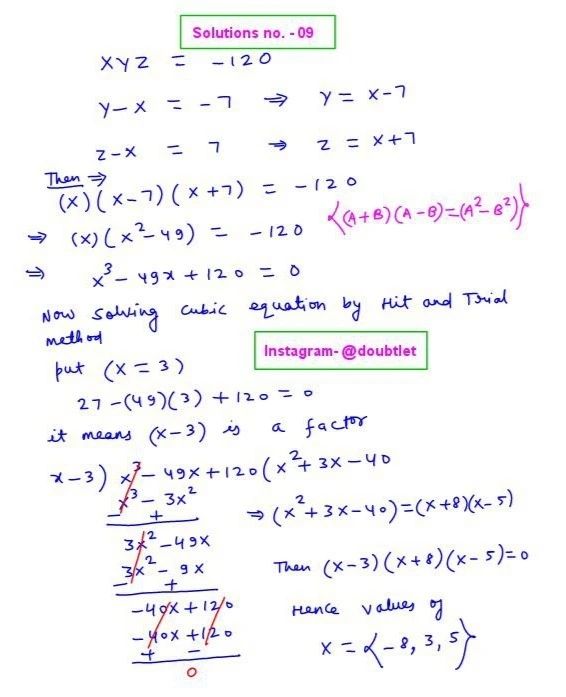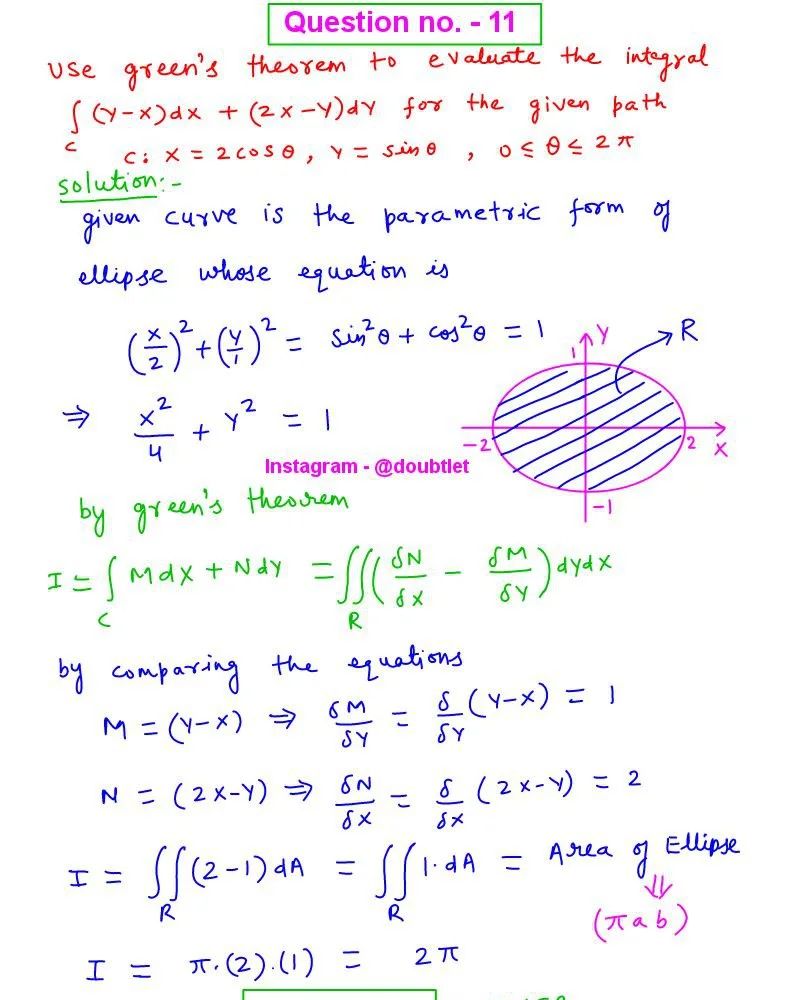









Equation of a Line joining two Points in 3-D Calculator
This calculator will help you to find the Equation of a Line joining the Point P1 (x1, y1, z1) & Point P2 (x2, y2, z2)Related Calculators:Lines Equation in 2d CalculatorPlane by three points Calculator
Loading...
Loading...
Loading...
Loading...
Loading...
Loading...
Point of Intersection of two lines in 3-D
Line of Intersection of two Planes
Angle between Line in 3-D & Plane
Angle between two lines in 3D
Distance between a point and a line in 3D
Shortest distance between two lines in 3D
- 1. Introduction to the Equation of a line joining 2 points in 3D
- 2. What is the Formulae used ?
- 3. How do I calculate the Equation of a line joining 2 points in 3D?
- 4. Why choose our Equation of a line joining 2 points in 3D Calculator?
- 5. A Video for explaining this concept
- 6. How to use this calculator ?
- 7. Solved Examples
- 8. Frequently Asked Questions (FAQs)
- 9. What are the real-life applications?
- 10. Conclusion
1. Introduction to the Equation of a line joining 2 points in 3D
In the vast realm of three-dimensional space, understanding how to determine the equation of a line that connects two points is an essential skill. Whether you're a math enthusiast, a student navigating geometry, or an engineer plotting coordinates, this concept plays a fundamental role in spatial mathematics. In this blog, we will explore the definition of the formula at its core, provide step-by-step guidance, offer solved examples, address frequently asked questions, delve into real-life applications, and conclude with the significance of this geometric principle.
A line in three-dimensional space is a straight path that extends infinitely in both directions. To precisely define a line, you need two essential pieces of information: a point on the line and the direction in which the line extends.
2. What is the Formulae used?
The formula for finding the equation of a line in 3D space is based on a point-direction vector representation:
where,
is the position vector of any point on the line.
is the position vector of a point lying on the line.
is a scalar parameter that represents the position of any point on the line relative to the point .
is the direction vector of the line.
3. How do I calculate the Equation of a line joining 2 points in 3D?
Obtain the coordinates of two points, and that connects the line.
Calculate the direction vector by subtracting the coordinates of point A from point B. So =
Select one of the points either or , as the initial point .
Formulate the equation of the line using the formula , where is the parameter that varies along the line.
In the standard form, we can also write the line equation as
The parametric form of the line is
4. Why choose our Equation of a line joining 2 points in a 3D Calculator?
Our calculator page provides a user-friendly interface that makes it accessible to both students and professionals. You can quickly input your square matrix and obtain the matrix of minors within a fraction of a second.
Our calculator saves you valuable time and effort. You no longer need to manually calculate each cofactor, making complex matrix operations more efficient.
Our calculator ensures accurate results by performing calculations based on established mathematical formulas and algorithms. It eliminates the possibility of human error associated with manual calculations.
Our calculator can handle all input values like integers, fractions, or any real number.
Alongside this calculator, our website offers additional calculators related to Pre-algebra, Algebra, Precalculus, Calculus, Coordinate geometry, Linear algebra, Chemistry, Physics, and various algebraic operations. These calculators can further enhance your understanding and proficiency.
5. A video based on the concept of how to find the Equation of a line joining 2 points in 3D.
6. How to use this calculator
This calculator will help you to find the Equation of a line joining 2 points in 3D.
In the given input boxes, you have to put the value of the coordinates of point and .
After clicking on the Calculate button, a step-by-step solution will be displayed on the screen.
You can access, download, and share the solution.
7. Solved Examples
Given two points, A (1, 2, 3) and B (4, 5, 6), let's find the equation of the line in 3D that passes through these points.
Calculate the direction vector = ((4 - 1), (5 - 2), (6 - 3)) = (3, 3, 3).
Select point A as = (1, 2, 3).
The equation of the line is: r(t) = (1, 2, 3) + t.(3, 3, 3).
Parametric form of the line is: r(t) = (x(t), y(t), z(t)) = (1 + 3t, 2 + 3t, 3 + 3t)
Given two points, A (-1, 5, 0) and B (2, 1, 5), let's find the equation of the line in 3D that passes through these points.
Calculate the direction vector = ((2 - (-1)), (1 - 5), (5 - 0)) = (3, -4, 5).
Select point A as = (-1, 5, 0).
The equation of the line is: r(t) = (-1, 5, 0) + t.(3, -4, 5).
Parametric form of the line is: r(t) = (x(t), y(t), z(t)) = (-1 + 3t, 5 - 4t, 0 + 5t)
8. Frequently Asked Questions (FAQs)
What is the significance of the parameter 't' in the line equation?
The parameter 't' represents the position of any point on the line relative to the initial point . It allows you to traverse the line in both directions.
Can you find the equation of a line with just one point and a direction vector?
No, you need at least two distinct points to uniquely define a line in three-dimensional space.
Is there a unique equation for each line in 3D space?
Yes, each line has a unique equation determined by the coordinates of two distinct points and the direction vector.
Can the direction vector have zero components?
No, the direction vector should not have zero components, as it would represent a degenerate case where the line collapses into a single point.
What if the direction vector is given in a normalized form?
If the direction vector is normalized (its magnitude is 1), you can use it directly in the equation without scaling.
9. What are the real-life applications?
Calculating the volumes of rooms, structures, and materials in architectural design and construction planning.
Essential for rendering and animating 3D objects and camera movements in computer graphics and game development.
Applied in GPS and satellite navigation systems to calculate routes and directions.
10. Conclusion
The ability to find the equation of a line in three-dimensional space is a fundamental skill with diverse applications across mathematics, engineering, and computer science. Mastering this concept empowers individuals to precisely define paths, plan projects, and create accurate representations of 3D objects and environments. It serves as a cornerstone for spatial understanding and problem-solving in various fields, making it an indispensable tool for anyone navigating the complexities of three-dimensional space.
This blog is written by Neetesh Kumar
If you have any suggestions regarding the improvement of the content of this page, please write to me at My Official Email Address: doubt@doubtlet.com
Are you Stuck on homework, assignments, projects, quizzes, labs, midterms, or exams?
To get connected to our tutors in real time. Sign up and get registered with us.
Comments(0)













Leave a comment